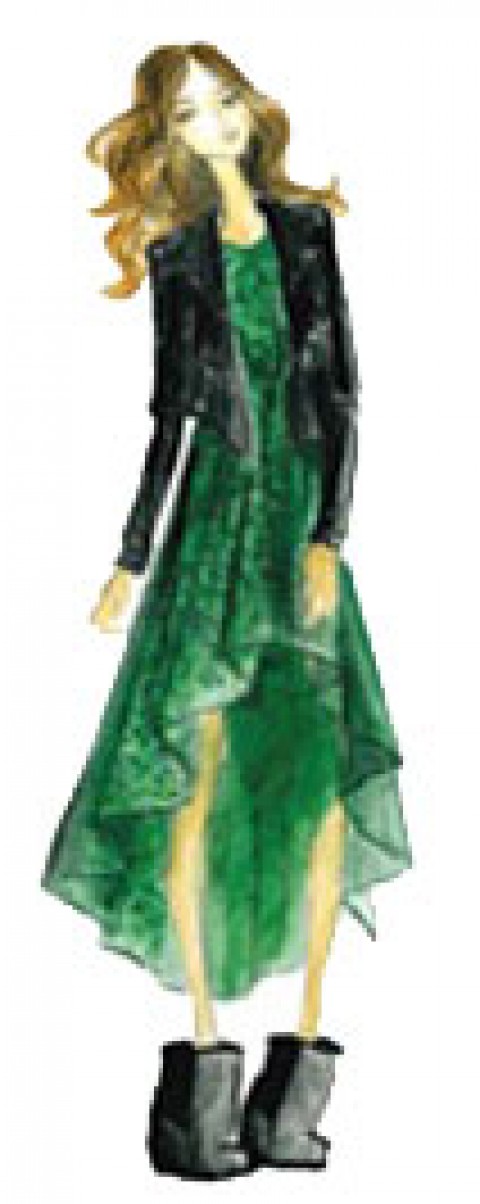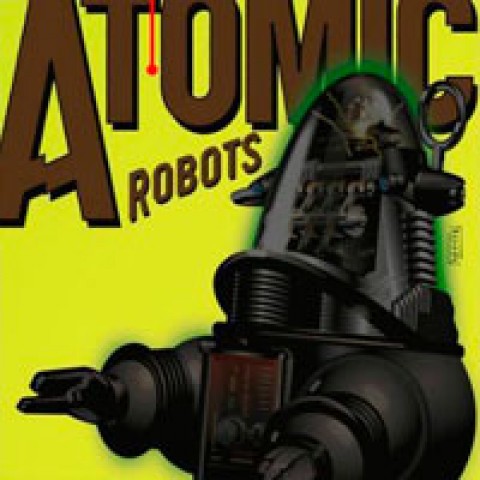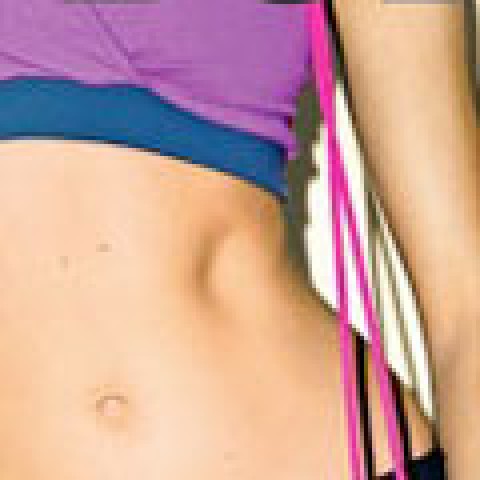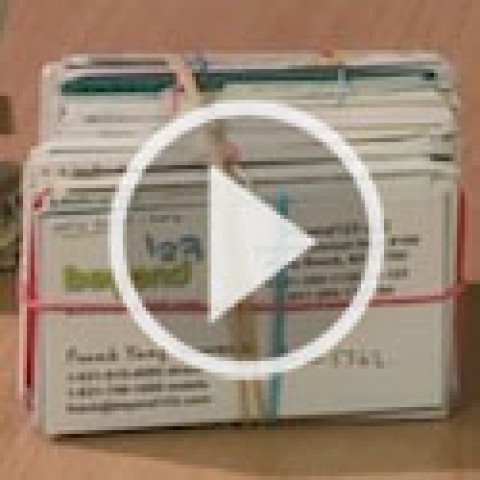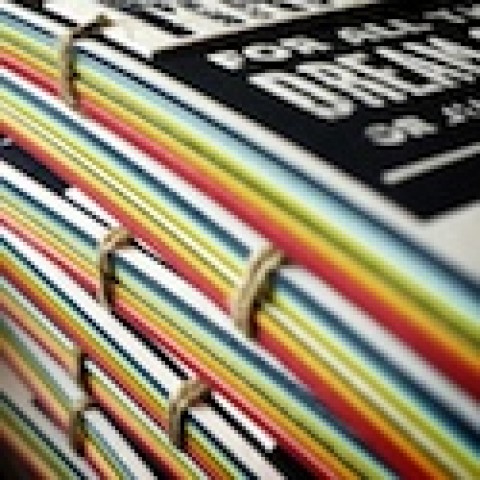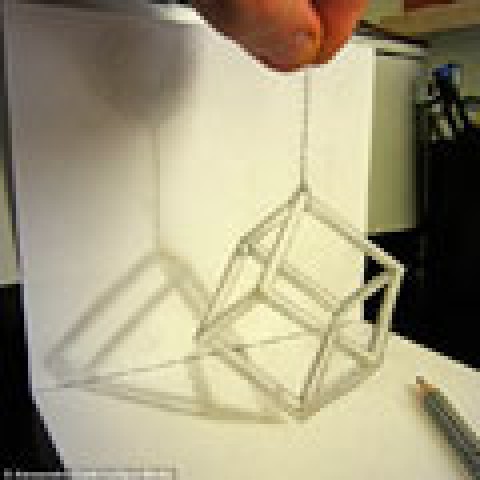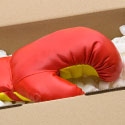
When you’ve been designing direct-mail pieces for any length of time, it’s easy to think you have a good handle on what needs to be done in order to obtain the results your client is looking for. Yet every once in a while it’s a good idea to take a look at the direct-mail landscape from someone else’s point of view, and to ask yourself “Am I really using the right kind of direct-mail package for my client?”
Hence this piece, written by a direct-mail professional with nearly 20 years of experience in the business. The following is an excerpt from The Direct Mail Solution by Craig Simpson and Dan Kennedy. To order a copy, go to www.TheDirectMailBook.com.
……….
There are many different formats and designs to choose from when planning a direct-mail campaign. Finding the right format for your offer, niche, and budget is critical to the success of your campaign.
For example, if you are trying to make a direct sell for a product or service, you may need more than a postcard to get the prospects to respond. On the other hand, if you are just trying to get people into your store for a free promotion, you most likely don’t need a 10-page sales letter. A postcard that people can read at a glance may be your best option.
Below is a listing of some of the most popular mail formats.
The Letter Package
The most common format is a basic letter package. The components within it can vary, but in general, the package would consist of a letter, an order card or form, a brochure, and the outer envelope. Sometimes there’s a lift note included. A lift note is usually a little note (perhaps 6” ´ 9”) that looks very personal – and may even be made to look as though it has been written out by hand on stationery.
There are a number of different types of letter packages based on the size of the envelope used. The most common sizes are the #10 letter package, which uses a standard business-size envelope; a 6” ´ 9” letter package, which stands out a little bit more in the mail; or a large envelope letter package sized at 9” ´ 12” – which really stands out in the mail.
You can mail just about any size envelope you want. You can create a specific size just for your mailing, realizing, of course, that using a nonstandard size will cost a lot more to print.
The envelope can be plain white or it can be cream or black or blue, or even a shiny silver or purple; you can make it any color you want. The more color and style you add to the envelope, the more it will cost to produce, but the more it will stand out in the mail. A shiny purple envelope will get looked at before a plain white envelope.
Some marketers do interesting things with envelopes by making them “official” looking. They may put words on them like “Verified Mail” and “Confirmation Number.” Or they may create a sense of urgency with words like “Express Letter Service,” “Rush,” and “High Priority Contents.” These are all ways to make sure your package gets noticed and moved to the top of the pile. On the other hand, sometimes a plain envelope does best, and there’s only one way to know for sure: test different formats to see which brings the best response.
The Self-Mailer
Another format that’s commonly used in direct mail is what is called a self-mailer. This is a piece of mail that is not enclosed in an envelope. It is mailed just like a magazine. There are many types of self-mailers; here are three of my favorites.
Slim Jim
Ranges in size from 6 ´ 10 to 6 1/8 ´ 11 1/2. The J Peterman catalog is famous for its use of the Slim Jim format. There’s a quality of elegance to this size and shape.
Magalog
Very commonly used. The size is around 8 ´ 11. I’m sure you have seen these in your mailbox. It’s floppy, it’s full of color, and it’s made to look like an actual magazine – but it’s not. It’s actually a sales letter. This is very commonly used in health supplement and nutritional marketing.
Digest
This is my personal favorite. I’ve mailed over 100,000,000 of the digest sales piece. It looks like a little booklet, kind of like Reader’s Digest. The size is usually around 6 ´ 9. This kind of piece is very appealing to people. It feels good in the hand and looks like it would be fun to read.
Self-mailers are very versatile, and there are a variety of ways you can use them. Keep in mind with this, and really just about any mail format, the kind of paper you select can help create a certain impression. The piece can be printed on thick paper or thinner paper, white paper or colored paper, matte paper or glossy paper. And it can be offset printed or digitally printed. There are numerous options with self-mailers that you can discuss with your print shop.
The Postcard
Generally, the least expensive type of direct-mail format is a postcard or a double postcard. Postcards offer a huge range of sizes. The 4 ´ 6 postcard is the least expensive to print and mail, and it’s the size most commonly produced. A 5 ´ 7 postcard is the second most commonly used of all the postcard sizes. I’ve also used a huge 10.5 ´ 14 size postcard.
Just because a piece is in a postcard format doesn’t mean the postage is always going to be the lowest postcard rate. As you increase the size of the postcard, you’ll also increase the cost of your postage. Depending on the size, it could even be charged at the full first-class postage rate.
Postcards are just like self-mailers, but with a lot less sales copy. You get the benefit of the prospect seeing your sales copy right away instead of having to open an envelope. Your prospect can read the headline and see what the offer is at a glance.
CD Mailers
The CD Mailer is another favorite of mine. I’ve mailed well over a million CDs to prospects. This format is really a cross between a standard mail piece and dimensional mail, which we’ll discuss below. It mails flat, but when it’s received you can feel something lumpy inside. That’s what helps get this mail package opened. CD Mailers are most commonly mailed in a 6 ´ 9 envelope. The mailer should include a short letter or lift note and be personalized. The CD should have sales copy on it with a phone number or Web address. Many people end up throwing away the letter and envelope and holding on to the CD. Or prospects may listen to the CD in their car and decide to respond to the message on the spot. You need to make it easy for them to respond, so always include contact information on the CD.
The CD mailer can deliver a powerful message. Not only do you get to connect with prospects through a letter, they also get to hear your voice and listen to your enthusiasm about whatever you are offering. Your CD could also include testimonials from satisfied customers. Testimonials will encourage the prospects to respond.
The sales letter that goes with the CD Mailer should focus on getting people to listen to the CD. That’s the best way to get prospects to respond to your offer. The letter is only to pique their curiosity; you don’t want to present the offer in the letter. If you do, the prospect will have no reason to listen to the CD and will completely miss the most powerful sales tool in the package. The whole idea is to get prospects to hear you deliver your message. It’s almost like having an infomercial delivered right to their doorstep.
I’ve seen the CD mailer work in large-scale mailings, where we’ve mailed out hundreds of thousands, and I’ve also seen them work very well for clients with a very small mailing of only 200 pieces. The format is unique, it’s compelling, it stands out in the mail, and it delivers a great response.
Dimensional Mail
If you want to mail something that is really going to stand out in the mailbox, then Dimensional Mail is your best option. I use dimensional mail to get people’s attention in hard-to-reach niches, such as medical professionals or business executives who have gatekeepers who screen their mail.
Dimensional mail is not just a flat piece of mail that arrives in a mailbox. It has something totally unique about it, usually something lumpy – something that relates to your business or your offer, or that has some clever tie-in to your sales copy. For example, if you are using an envelope, maybe you could put a chopstick or Jelly Bellies inside. Or if it’s a package, like a foam mailer, it can contain a bottle with a message inside.
Dimensional mail has a much higher opening rate than traditional direct mail, and it’s easy to see why. A mail package with something lumpy inside will spark the curiosity of the person receiving it.
If you are going to use dimensional mail, keep in mind that the cost per piece is going to be much higher than doing traditional direct mail. It costs more money to package, and will most likely put you in a higher weight class for postage. Plus the actual item that you include (chopstick, aspirin, bottle, etc.) will cost more to produce than standard printed material. In addition, your production cost to assemble the package will be higher. It takes time to insert something of an odd size into an envelope. But given the higher response rate, it could well be worth the extra expense.
Dimensional mail has many great advantages, and there are thousands of different items you can use to capture your prospects’ attention. There are unlimited dimensional mail packages to choose from, so you just have to find the right one for your niche.
Dimensional mail can be used very successfully by small businesses targeting a small customer file. If you’re looking for a high response from 500 to 1,000 people and you can afford a higher mailing cost, then dimensional mail is definitely the way to go. It will get the customers’ attention and get them to respond.
On the other hand, if you’re trying to reach tens of thousands or perhaps millions of people, dimensional mail probably isn’t the most effective way for you to reach out simply because of the huge mailing costs involved. The lower response on a larger untargeted list isn’t likely to offset the extra cost of using dimensional mail.
If you would like to get a better feel for what these direct-mail formats look like, and perhaps get inspired for your own campaign, you can download some PDF samples at TheDirectMailSolution.com.
The Shock-and-Awe Package
This marketing method, first described by marketing guru (and my friend, co-author, and mentor) Dan S. Kennedy, is an elaborate package that you send to people who have specifically requested information from you about your products and services, and/or have already placed an order with you. Regardless of how you got their attention initially – a direct-mail campaign, an ad in a magazine or newspaper, a radio spot, or even the Internet – they have responded and come into your court.
The idea is to exceed their expectations, engage their interest, and build their loyalty – and perhaps even a sense of obligation to you – by sending them a package of materials and goodies that is unexpected and so impressive that it takes their breath away. That’s why it’s referred to as the “Shock and Awe” package.
The contents of your Shock and Awe package will vary with the nature of your business and your budget, and on whether it’s for lead generation or is part of a new-customer welcome package. Are you trying to sell the person something? You will need sales material. Is it a new customer package? You might need to provide orientation materials of some kind.
Another consideration is the image you want to convey. Do you want to appear serious and focused, and therefore only want to include practical, necessary information and items? Or do you want to appear more friendly and playful? If so, you might broaden the range of possibilities to add some fun elements. Whatever you put in your package, it should be branded with your name and logo. You want the recipient to think of you every time he or she uses your mug, looks at your imprinted calendar, or reads through the materials you sent.
These packages should include as many items, and as wide a variety of items, as possible. The idea is to make going through the package seem like opening a present. It’s better to break up the material into lots of different smaller pieces (booklets, CDs, tables, checklists). You want it to be exciting to go through and look like there’s a lot going on there.
These packages can be expensive to put together. But they also can be one of the best ways to spend your marketing dollar. What makes this method work so well is that you’re giving your expensive packages to a very self-selected group of people who are already interested in you. You have to do the math on your own situation to see how elaborate a package is worthwhile for you. Of course, you can completely tailor your Shock and Awe package to fit your business and budget. As always, only testing will determine if your Shock and Awe package brings a level of response that justifies the cost.
How a Simple Design and Copy Change Can Have a Significant Impact on Your Direct-Mail Campaign
I once sent out a mailing for a client who wanted to test two different envelope packages. Both packages had precisely the same 16-page sales letter inside, the same order form, and the same reply device. The only difference was the outside of the envelope. One envelope had a really strong headline to grab the prospect’s attention. The other envelope was completely plain and just listed my client’s name, rather than the company’s name.
By not putting any copy on the outer envelope and not putting the company name in the return address, it made the sales piece look rather obscure. You couldn’t tell who the letter envelope was from, what was inside, or why it was being sent to you.
Which format do you think got the better response?
I’ve tested this concept a number of times. It’s surprising to most people that every time I’ve tested it, the envelope with no headline or copy always pulls a much higher response rate. Most people would guess the opposite.
It should be noted that this test was based on mailing to cold-prospect lists. If you are mailing to your house file or a list of customers who know who you are, then I would recommend using an envelope with sales copy on it.
But why would a plain envelope work better to cold prospects?
If prospects see a headline or a company name on the envelope, they know immediately that some kind of sales information is enclosed, and they make the decision right then and there whether they want to read it.
However, if there’s a chance the letter might be from someone personal – a friend, a relative, or someone else, perhaps some mysterious stranger – then it’s going to get opened. Once it gets opened and they take a look at it, they’re going to realize, oh, this is some kind of sales material. At that point they may or may not read it, but the plain design got the envelope opened!
We have to get past that first barrier; we have to get our prospects to open the envelope. So, making the envelope plain – which keeps them from knowing exactly what it is – gives us a chance to get them to open it to see what’s inside. That increases the chances they will read the sales copy – and possibly respond by ordering.
………….


